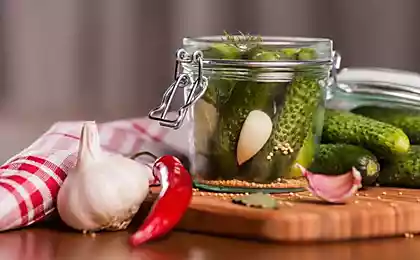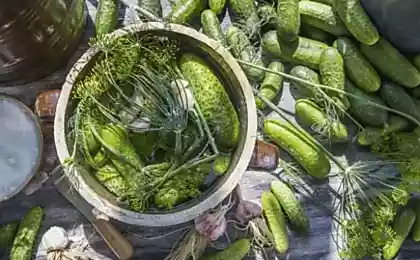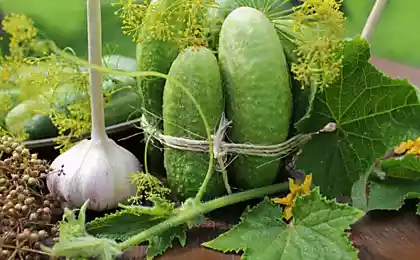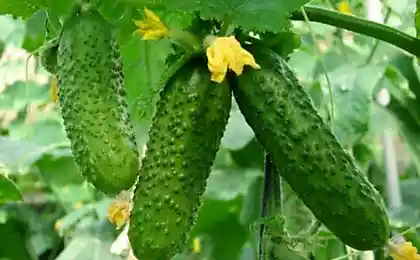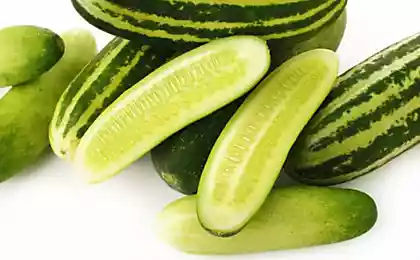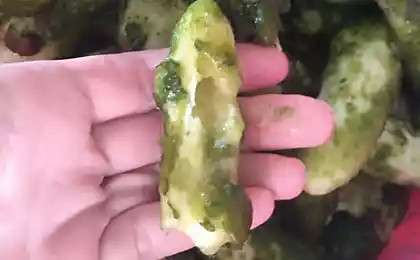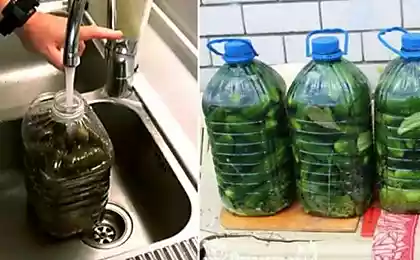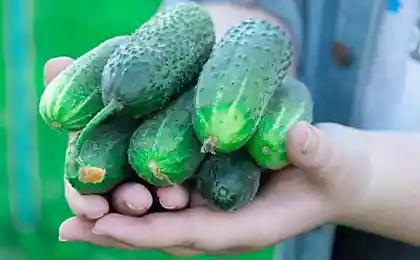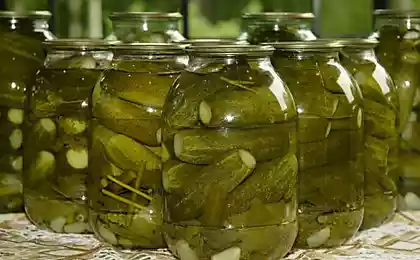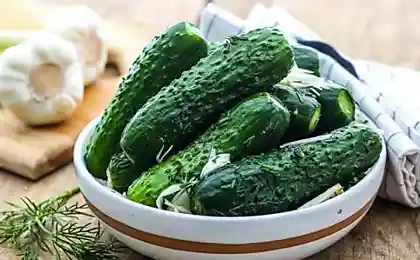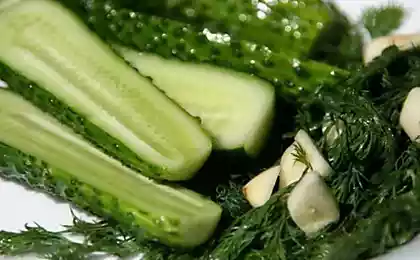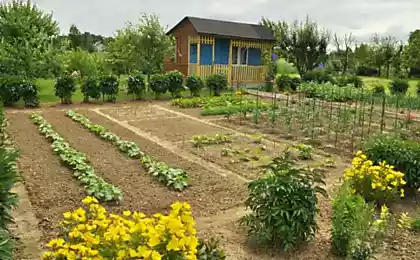235
Two traditional 1909 pickles recipes

Although the pickle is considered an indispensable attribute of the Russian feast, other peoples introduced this vegetable to Russians. And the first attempts to pickle cucumbers were made several millennia ago. Since then, experiments have not stopped.
History of the question
In mid-July comes the time of pickling cucumbers. And every housewife thinks her way is the best. Although the pickle is considered an indispensable attribute of the Russian feast, it was first grown in India and Mesopotamia in the third millennium BC. At the same time, the first attempts to pickle cucumbers appeared, evidence of which was found not so long ago by archaeologists. Tried to salt cucumbers and the ancient Romans.
However, they began to add vinegar for preservation. That's how pickled cucumbers came about. And from the Romans, the habit of pickling vegetables was adopted by the inhabitants of Western Europe. Among the fans of pickles are Emperor Julius Caesar, British Queen Elizabeth I, George Washington and Napoleon Bonaparte. The heritage of the Byzantine Russians with cucumbers was introduced by the Byzantines.
It is believed that even the Russian name of the cucumber according to the dictionary of Fasmer comes from the Greek word "ogyros" - "immature". Cucumber is one of the few fruits that is eaten immature. In Russia, cucumbers were salted in oak tubs. They were traditionally loved by kings and ordinary people.
“In our yard all week prepare: soar tubs and tubs, boil water in cast iron, for pouring the ambassador, to settle and cold, cut dill and horseradish, puffy tarragon; prepare, for the selected salt, blackcurrant and oak leaf, for strength and spirit, is a fun job. She rolled out the coils of a furrier; the mutton of Ants prepares as many as four tubs; the Sarajevo shoemaker also hovers a large tub. And we have a pillar of smoke, a living pandemonium. How can you: cucumber for the whole year you need to stock up, how many workers! And a working man without a cucumber is in no way possible: with a pickle of salt and bread in the hunt eat, and get better when necessary, hungover - the first means for delaying ... Pavel Yermolaich, a gardener, brought a cucumber on seven carts: not a cucumber, but cartilage. They taste the whole yard: sweet, and crunch like sugar. You can hear them snorting juicily: snorting and clicking. No pity. They will bite and run above the house. This is how Ivan Shmelev describes the pickling of cucumbers at the beginning of the XX century in the book “Summer of the Lord”.

We present methods of traditional pickling of cucumbers from the book by Pelageya Alexandrova-Ignatieva “Practical foundations of culinary art”. M. AST. Corpus 2013 (from 1909 edition)
Cucumber salting
The best time for pickling cucumbers is from July 20 to August 6, as well as for all blanks.
Step 1
Taking large table cucumbers, wash them, cast them on the sieve, let water drain, fold them in a standing rather than lying position in order to make them fuller and have a beautiful appearance, and shift each row with a mixture of various herbs, such as dill, tarragon, corvel, chambor, cherry leaves, blackcurrant, oak (if any), green horseradish leaves, horseradish roots, chopped finely, and a little garlic if anyone likes.
STEP 2
Having put cucumbers in this way, fill them with brine so much that the latter completely covers them. It is better to prepare brine from the key or well water, from which they acquire a fortress. Cucumbers, salted on a brine of river water, no longer have that fortress.
The brine is prepared as follows: for large cucumbers, 500 g of salt is taken for each bucket of water, and for small ones, 400 g of salt for each bucket. Salt is ordinary, fine. It should disperse in water, and then the already obtained brine is filtered onto cucumbers through a clean towel or napkin.
Step 3
The bay of cucumbers with brine, put on them oak tablets and light oppression, which is placed so that the cucumbers are covered with brine and do not float to the surface, but the pressure should not press the cucumbers. Then cover the cucumbers with a clean towel and store in a cold dry cellar.
Cornishon harvesting
Step 1
Having collected the gorches, without washing them, slightly sprinkle with fine salt and leave in this form for two days in a cold place. Cornishons are poured with salt so that they retain their color and acquire a famous fortress. For the best color, add even a little soda to the salt (on a handful of salt 1 teaspoon of soda).
STEP 2
After two days, remove them from the salt and dry them in a clean towel, without washing them in water, because they spoil from the water, due to their tenderness. Then fold in glass jars, pouring pepper and bay leaf, and pour a decoction of table vinegar. The latter should be boiled once, adding 1 bottle of vinegar to 1 tbsp of salt. Boil vinegar under the lid so that it does not evaporate and does not decrease in its quantity. You need to pour with cooled vinegar so that the skin does not come off the gorches.
Step 3
The bay with vinegar, clog the banks with stoppers, pre-flamed in boiling water, tie with a bubble and store in a cold dry place. Banks for Cornishons are taken the same as for all other blanks, i.e. glass with a narrow neck.
Source: vokrugsveta.ru
Source: /users/1077
